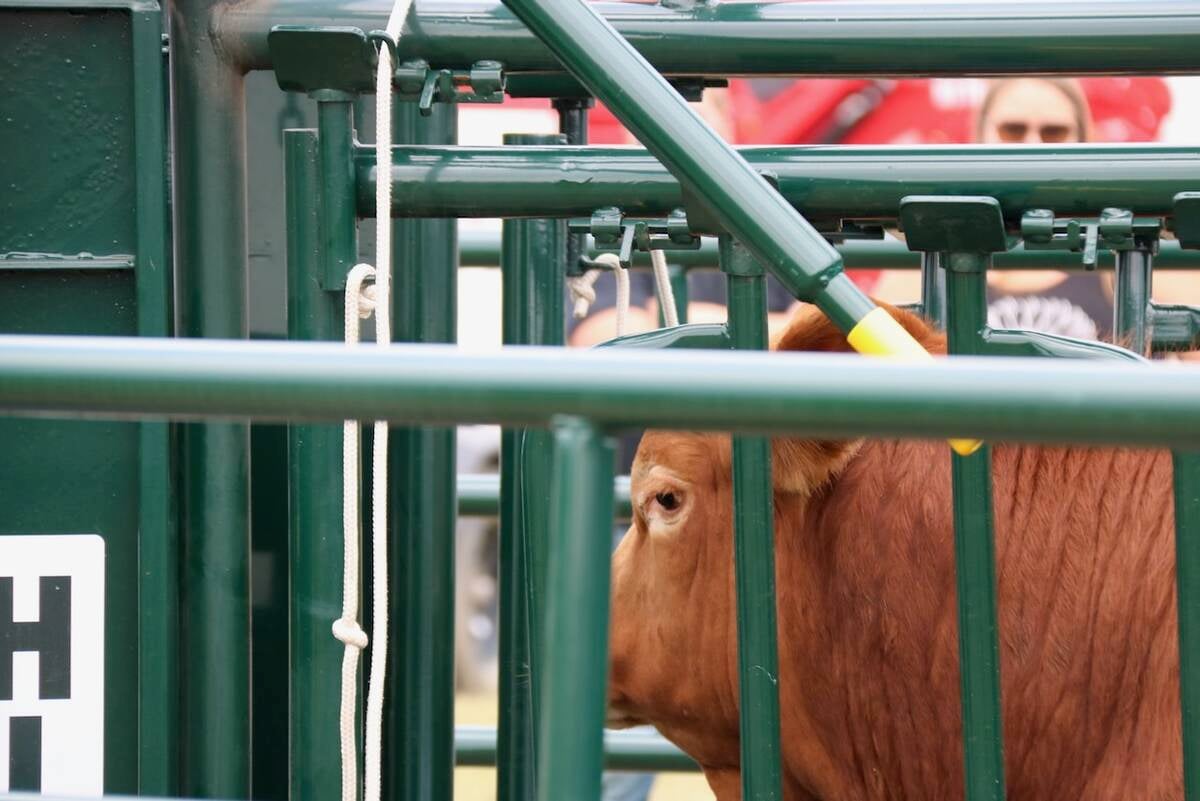TORONTO, Ont. — Some beef items may not appeal to the average Canadian’s palate, but tripe, tongue and tendons are highly valued elsewhere.
It was one of the messages from Cargill Meat Solutions, whose offices around the world sell a variety of beef and pork from Africa to Asia.
Jeff Cline, Cargill’s program manager for international beef, said governments can put too much emphasis on new market access and trade agreements.
“We can have access, but is it commercially viable?” Cline said.
Read Also

Good handling equipment a must on cattle operations
It’s important for the safety of producers and everyone else dealing with their stock that handling equipment is functional and safe.
Meat exports follow the money, so beef products may end up in unconventional markets, but every sale adds to the bottom line.
For example, Angola is the sixth best market for Canadian beef liver.
“It is going there because that is the best market for that product at this time,” Cline told the Canada Beef Forum in Toronto Sept. 18.
Liver prices have increased to 50 cents a pound from 30 cents since the African market was developed.
“If we can sell every liver to Angola, that is $6 million for the industry,” Cline said.
Meat companies quickly learned the value of offal products when markets slammed their doors to Canadian and U.S. beef because of BSE in the early 2000s because they suddenly had nowhere to go. With most countries now resuming trade, those products can add more than $100 per head.
Many of these products would end up as ground meat in Canada, but in Asia they are sold as table meats with elaborate preparation and attractive plate presentation.
Tongues are the most expensive item, but the different stomach compartments, such as honeycomb tripe, abomasum and omasum, and tendons have value as barbecued items. Small intestines find their way into soup.
China is driving much of this demand.
“Tongue was always the most valuable per pound,” Cline said.
“Omasum is now crowding in at $6 per lb. for stomach. That is more than AA strips or steak.”
Healthy cattle with clean organs have more value in North America. There is an extra $25 per head in value for a good stomach, but they cannot be used if there are problems. A healthy liver adds $6 to $8 per head.
However, the United States remains Canada’s main beef customer, accounting for 70 percent of its export market. The percentage has dropped by more than 10 percent since 2003 as other markets opened.
The United States is the world’s best beef market, but Canada is the world’s best market for strip loins. The cut is imported from the U.S. at certain times of the year to meet local demand.
The next best customer is Hong Kong, considered a gateway to China. Japan takes about six percent of Canada’s exported beef, but that market is not likely to grow as long as success continues in Hong Kong.
South Korea is the third best destination for Australian beef, but Canada has struggled for access even with the recent signing of a free trade agreement that lowers tariffs.
“South Korea is the biggest disappointment for us as an industry,” Cline said.
The market has been slow to develop for Canada, but it should not be forgotten because it will be important in the future.
Other markets are developing, such as the Philippines, Indonesia and Vietnam.
Thailand and Singapore accept only boneless beef.
Exporting to Thailand has had challenges because it’s expensive to do business there. Boxes of meat are left on loading docks in high temperatures and subject to spoiling. As well, cuts with signs of cartilage are thrown away. As a result, Cargill is not as interested in pursuing it as other places.
The Central and South American market is larger than the entire European Union, but there are questions about labelling and other access issues. Chile, Peru and Colombia are markets for North American beef.
The U.S. ships 12 percent of its exported beef to the Middle East. The market is growing and there is an opportunity for Canada, but the religious requirements for hallal production pose limitations. No large processing plants are approved to get product into countries such as the United Arab Emirates, Saudi Arabia and Qatar.
The recent signing of the Canada-EU trade agreement offers possibilities, but Cline said it will be a niche business that will grow slowly once companies understand the access requirements.















